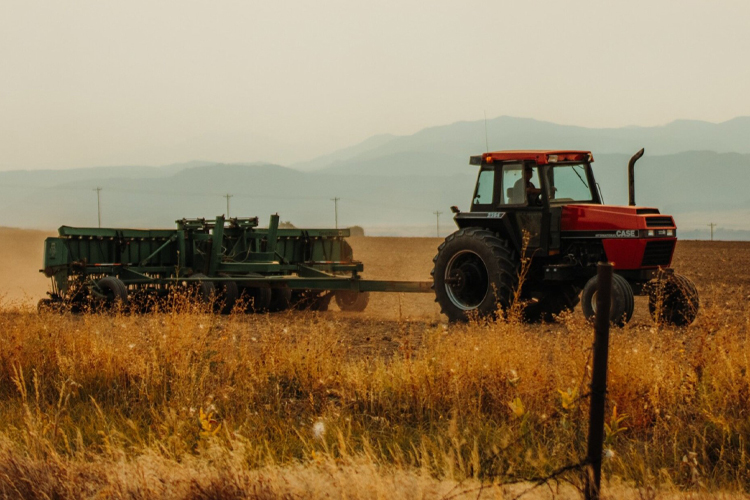Identifying Risk
Building a Resilient Future for Colorado
What drives our desire at the CRO to enhance resiliency throughout the State? Does it really matter if our communities are planning around an understanding of what the future may bring?
We think so. Colorado exists in a state of continual change. Our population is expected to grow from 5 million in 2010 to nearly 7.5 million in 2040, and with that comes demographic and population shifts across the state, pressure on housing attainability, increased wear and tear on roads and infrastructure, and other challenges. Natural disasters like wildfires, floods, drought, and avalanches reshape our landscape. Globalization, technological advances, and demographic shifts mean our current economy and workforce may look vastly different in years to come. Our climate is changing, too. Scientists from across the globe agree that the climate is changing, and these changes will impact all of us. The CRO wants to make sure that Coloradans are prepared for and resilient to future impacts from these and other changing conditions. By integrating resiliency into our planning systems, programs, and infrastructure development, communities can support the long-term health and vitality of communities across Colorado. Our work at the CRO helps to ensure that communities and residents across our beautiful state are prepared to thrive long into the future, regardless of the threats we face.

Colorado Risks and Vulnerabilities
It is essential that each community understands its own unique hazards and risk exposure.
As evidenced by the number of natural disasters that Colorado has experienced over the past century, our State is no stranger to dealing with the impacts of climate hazards. Our unique geography provides abundant opportunities for recreation and economic development and also is a driver behind many of the natural hazards that our state experiences. As the climate crisis continues (and likely intensifies until global emissions approach zero), Colorado will continue experiencing climate hazards that will impact our communities and our livelihoods.
The following StoryMap allows you to view your community hazards so you can prepare as a community and be more resilient.
Key Terms
Adaptive capacity: The potential of a person, asset, or system to adjust to a hazard to limit damage, take advantage of opportunities, and cope with change.
Exposure: refers to the presence of community assets (be that human life, infrastructure, ecosystems, environmental functions, services, resources or other economic, social, and cultural assets) within an area that could be adversely affected by a hazard event such as an extreme weather event or changing climate condition.
Impacts: the effects on natural and human systems that result from a hazard event.
Sensitivity: a community’s response to a hazard event is the degree to which community systems, assets, or resources could be affected by hazards.
Shocks: are direct vulnerabilities; they are intense, acute events that can disrupt communities. They include flash floods, wildfires, widespread loss of electrical power, dam failures, public health crises, and terrorist attacks. Shocks can lead to significant damage to infrastructure, as well as injuries and deaths or result in sudden changes in a community. Communities use hazard mitigation as a means to reduce vulnerability by reducing exposure to shocks.
Stressors: are underlying long-term conditions that can negatively impact a community’s environmental, social, and economic health; they are indirect vulnerabilities. Stressors can also limit a community’s ability to address and recover from a shock. Stressors can include aging infrastructure, an economic downturn, long-term high rates of unemployment, and a lack of affordable housing. Communities use resiliency planning as a way to reduce their indirect vulnerability by addressing and improving the underlying conditions that expose them to hazards and developing a capacity to adapt to changing conditions.
Vulnerabilities: are often described in terms of shocks and stressors.
The CRO strives to help communities increase their adaptive capacity through resiliency planning.
Together, a community’s exposure, sensitivity, impacts, and adaptive capacity are all analyzed to understand the community’s vulnerability to shocks and stressors: the predisposition to be adversely affected by hazards. While a community may not be able to change its exposure and have limited ability to alter its sensitivity, by developing resiliency plans and projects in your community, your community can enhance its adaptive capacity and reduce its vulnerability to future hazardous events. Explore the CRO Community Resilience and Post-Disaster Recovery Planning toolkits or reach out to the CRO staff to learn more.
